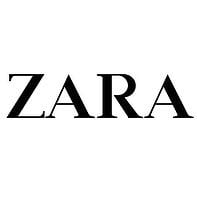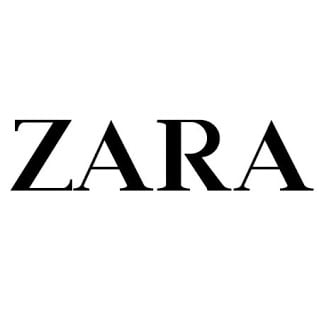How come Zara, H&M and Uniqlo can do it, while Canadian fashion retailers and manufacturers struggle?
Zara is always up-to-the-minute on consumer trends. It delivers new product twice a week t

o its 1,670stores worldwide, writes Greg Petro in a Forbes magazine article. The company gets a product from design to sales floor in under 15 days. How? It doesn’t bother with Asian factories, but makes unfinished “gray” products in its own automated Spanish factories. The generic gray products are then sent to small shops to be speedily made into whatever dress and jacket styles are trending.
Uniqlo, on the other hand, is selling quality and value in fashion basics. If you don’t know this store yet, you will soon. The Japanese-owned mega retailer’s products are like a more sensible, solid blend of The Gap and H&M. Current revenues are somewhere around $12 billion, and CEO Tadashi Yanai is bringing the company to North America. Yanai runs his fashion retail empire as though it were a car manufacturer, counting on quality product coming out of long development cycles and aiming for giant markets, Petro writes in another article.
H&M, the world’s second largest clothing retailer with 2,600 stores in 43 countries, takes a middle road, with primary collections made with long lead times, and sub-collections that are trendier and have short lead times. Read more on this Swedish giant in the third installment of Petro’s fashion series here. Fascinating reading.













